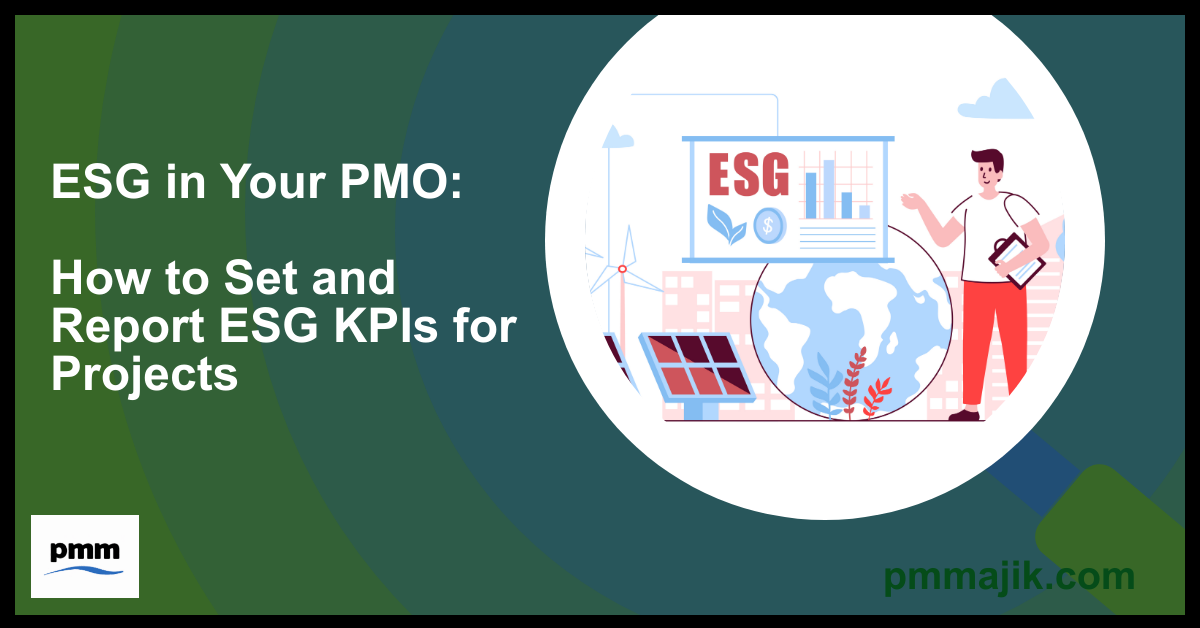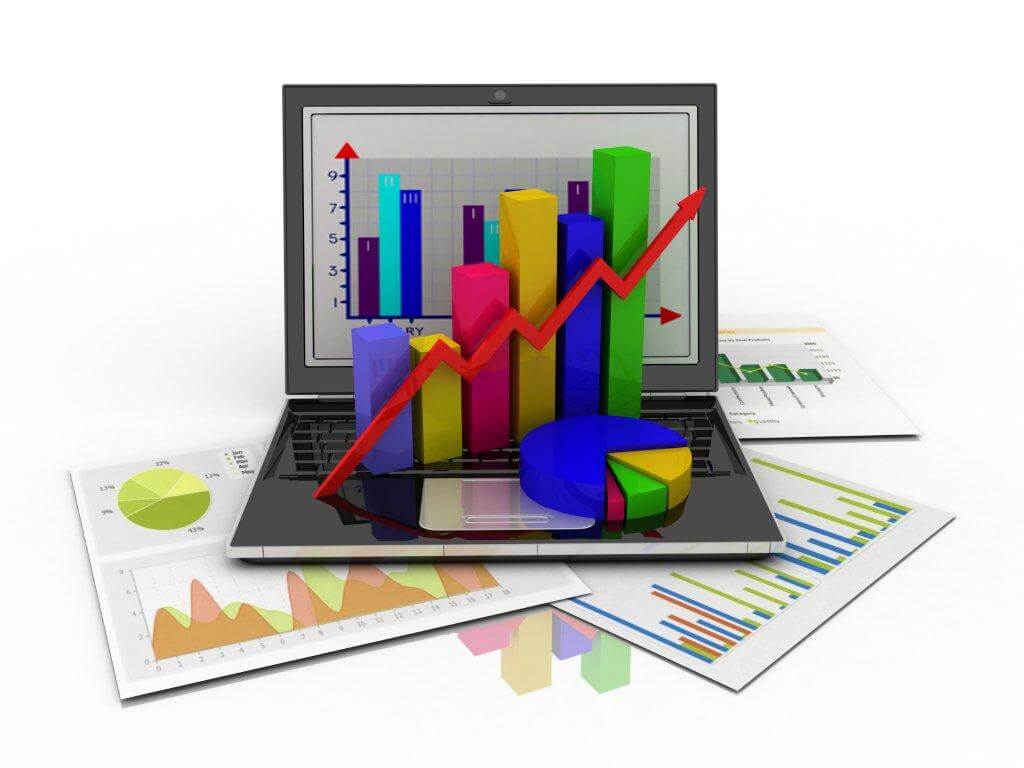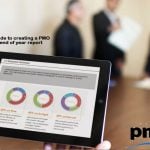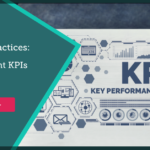Your project management office (PMO) is used to monitor data and create reports that measure the success of projects. When your office begins to embed environmental, social, and governance (ESG) concerns, you need to look at how to set and report ESG KPIs for projects.
More and more, ESG is becoming crucial for a business to focus on. It can increase returns, attract more investment, and improve the overall image. Whether your PMO is taking the lead in embedding ESG or it’s a wider business initiative, you need to know what’s important and how to measure it.
We’re going to help you understand how to measure and report the ESG aspects of projects. To do that, we’ll look at:
- Examples of environmental KPIs to measure
- What your social KPIs could look at
- Measuring governance as a KPI in projects
- How to embed these KPIs across projects
How to measure the environmental impact of a project
Ensuring a project is sustainable and has as low an environmental impact as possible is good for the planet and good for business.
There are some simple ways that you can calculate the environmental impact that project has made, including:
- Greenhouse gas (GHG) emissions is a standard measure of how much a business activity adds to atmospheric pollution. There are standard calculations you can do, such as those published by the UK government or the EU.
- Energy consumption is potentially easier to measure than GHG since it’s easier to isolate the power being used by computers, tools, machines, etc. It’s important to understand where your office and wider business sources energy from to make this a meaningful measure, e.g. solar or wind power.
- Waste produce and recycled can tell you a lot about how a project is impacting the environment and can be measured and tracked by weight and volume. Decreasing waste and increasing recycling should be easily understood by all your project workers.
- Water consumption can be a major environmental consideration if your projects are around construction or manufacturing, particularly. Tracking water usage can spur the business and projects to think smarter and use grey water or rainwater capture.
How to measure the social impact of a project
Social impacts of a project can be both internal and external. You want to make sure projects are having a positive effect on the people working on them and on the wide community and users.
You can look at measuring social elements such as:
- Employee diversity, it should already be measured by HR so you can pull the data and record it per project. Make sure you ask yourself why certain groups may not be represented.
- Absenteeism and employee turnover will again be measured by HR so you can easily pull in the data and ensure that project managers are working to improve these datapoints.
- Training and upskilling hours should be recorded on each project as well; these can decrease absenteeism and retain staff longer.
- Community or volunteer hours used can measure how much your projects are giving back to the community. This can be through organised per-project things like working with a local school or by giving back hours to project workers who do volunteer work.
How to measure governance within a project
Governance is what your PMO is great at, but you may not think to report on governance issues in each individual project.
You can consider looking at the following measures to report on governance in a project:
- Spending on legal costs should tell you how much work is put into legal compliance, but you should also report separately on data that might be defensive rather than preventative.
- Compliance checks completed on business and risk management processes as well as on suppliers and stakeholders can be measured.
How to embed ESG KPIs into your projects
There are two basic choices you can make when embedding ESG into your data reporting:
- Create a new package of KPIs to sit alongside the current project targets
- Revisit the current KPIs and adapt them to include ESG elements
Which one you choose will depend on how well-developed your current KPIs are and if they can be easily adapted. You should also take into account whether you want ESG to be disruptive – making a whole new tranche of targets and measures will make your teams take notice but could also feel burdensome.
However you choose how to set and report ESG KPIs for your projects, make sure they are well-communicated and you get buy-in from project managers and project workers.






